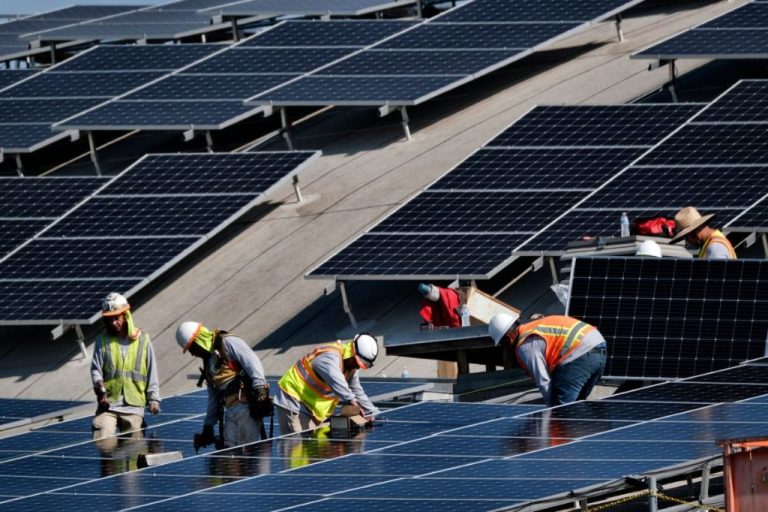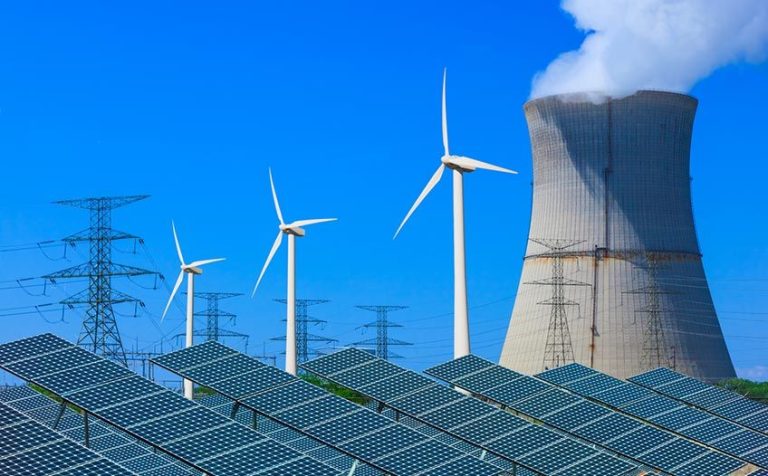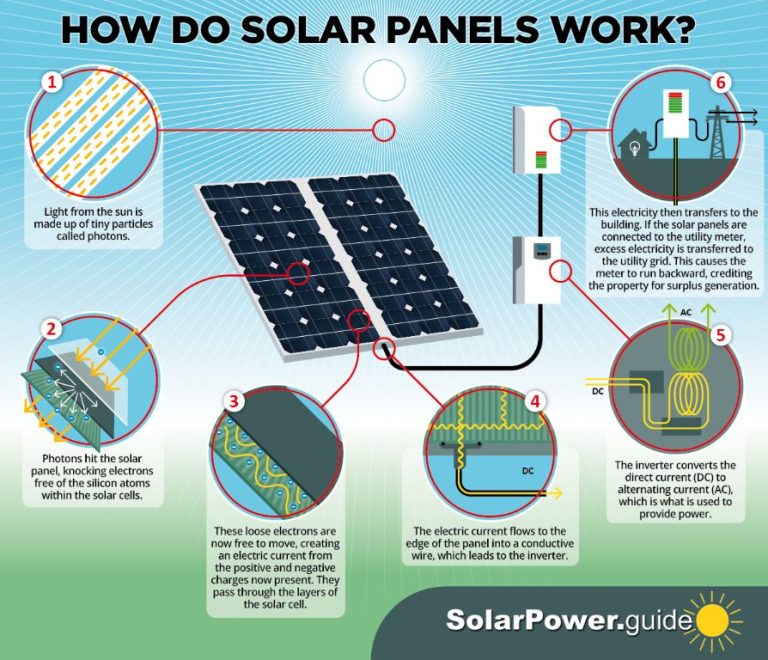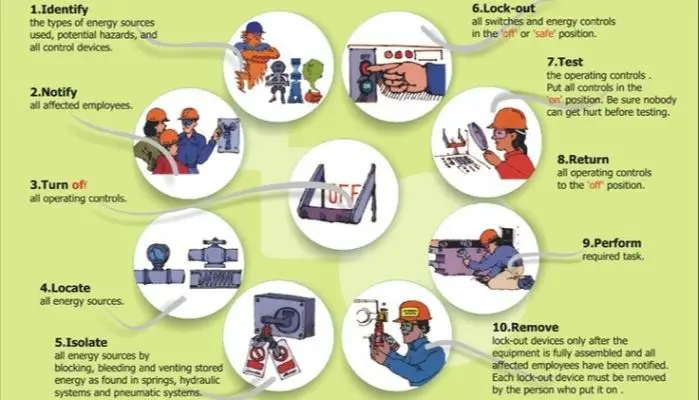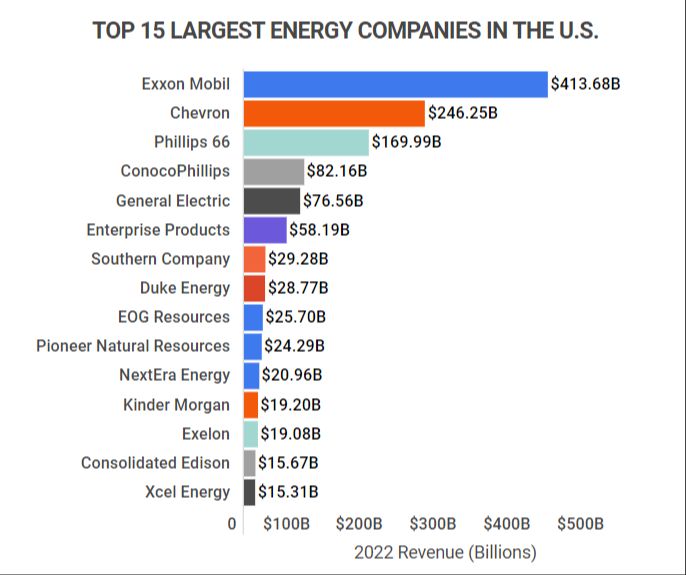How Much Would It Cost To Go 100% Renewable?
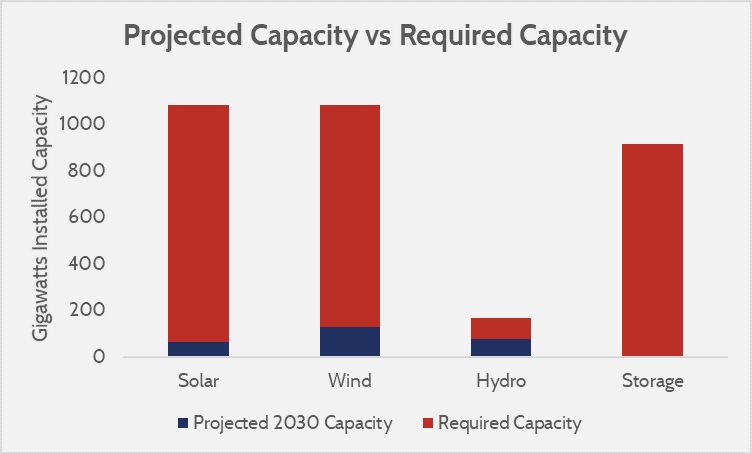
Renewable energy comes from natural sources or processes that are continuously replenished, such as sunlight, wind, rain, tides, waves, and geothermal heat. The goal of transitioning to 100% renewable energy means that all electricity generation would come from renewable sources like wind, solar, hydropower and geothermal by a target year (e.g. 2050). This is an important topic because burning fossil fuels for energy results in carbon emissions, which exacerbate climate change. Many experts argue that transitioning to 100% renewable energy is necessary to avoid the worst impacts of climate change and build a sustainable energy future.
Current Renewable Energy Usage
According to the U.S. Energy Information Administration, about 11% of total energy consumption came from renewable energy sources in 2020. Of the country’s electricity generation, renewables accounted for 20% in 2020. The major renewable energy sources are hydroelectric, wind, solar, geothermal and biomass.
Over the past decade there has been significant growth in renewable energy usage, particularly from solar and wind power. From 2010 to 2020, the amount of electricity generated from solar increased over 20 fold, while wind generation more than doubled. Looking forward, projections estimate that renewables will make up over 35% of U.S. electricity generation by 2050.
Many factors are contributing to the growth of renewables including falling costs, supportive policies, corporate procurement, and the electrification of transportation and buildings. While fossil fuels still dominate the energy mix today, the transition towards renewable energy sources is accelerating.
Benefits of 100% Renewable
Transitioning to 100% renewable energy would provide substantial benefits for the environment, economy, and energy security. According to a Stanford study, rapidly moving to 100% renewable energy by 2050 could help avoid up to 1.5°C global warming while saving approximately $1.7 trillion in energy costs and creating 28 million more energy jobs. The environmental benefits of 100% renewable energy stem primarily from eliminating fossil fuel emissions which contribute to climate change and air pollution.
Shifting to renewable sources like solar, wind, and geothermal would dramatically reduce greenhouse gas emissions that drive global warming. For example, a 2021 study found that converting the U.S. to 100% clean electricity by 2035 could reduce economy-wide emissions by 68-89% below 2005 levels. This transition would significantly curb the severe impacts of climate change. Renewables also emit little to no air pollution, improving public health outcomes. One analysis projected 7,000 fewer U.S. deaths annually linked to air pollution if 80% renewable electricity was achieved by 2030.
Increasing renewable energy provides greater energy independence and security by relying more on domestic resources. Fossil fuels like coal and natural gas are vulnerable to price volatility and import/export dynamics. In contrast, renewables harness natural resources available nationally, reducing dependence on foreign imports. Energy security is also enhanced since renewables utilize distributed generation less prone to major disruptions. Additionally, scaling up renewable energy is projected to be a significant job creator. One study forecast 37 million new renewable jobs globally by 2050, outweighing fossil fuel job losses.
Grid Upgrades Needed
To reach 100% renewable energy, substantial upgrades will be needed to modernize the electrical grid infrastructure. Key areas of focus include transmission infrastructure, storage capacity, and smart grids.
The current transmission infrastructure in the U.S. consists of aging lines and technology dating back 50+ years. Massive investments are required to build new high-voltage, long-distance transmission lines to connect remote renewable energy facilities to population centers. According to the U.S. Department of Energy, an estimated $500 billion will be needed by 2030 to modernize the U.S. transmission system [1]. Upgraded transmission will allow renewable energy to be shared across wider geographic regions.
Storage capacity must also increase to account for the intermittent nature of renewables like wind and solar. Adding large-scale grid storage through batteries and other technologies will allow excess renewable energy to be captured and dispatched when needed. According to National Grid, the U.K. may need up to 50 gigawatts of storage to reach net zero carbon emissions [2].
Finally, smart grid investments are critical to balancing supply and demand on a renewable-heavy grid. Smart grid sensors, automation, and intelligent controls will optimize power flows and routing. This advanced functionality will also empower greater consumer participation through smart meters and appliances.
Costs for Utilities
Transitioning the electric grid to 100% renewable energy will require major investments from electric utilities. Significant costs will come from building new renewable generation capacity like wind and solar farms and early retirement of existing fossil fuel power plants before the end of their useful lives (American Action Forum, 2019).
One study estimates that for the U.S. to reach 100% clean electricity by 2050, utilities would need to invest $4.5 trillion in new wind and solar capacity and $1.4 trillion to retire fossil fuel plants early (MIT, 2021). Major grid upgrades are also required to accommodate high levels of variable renewables like wind and solar. Transmission lines must be built to connect remote renewable energy resources to population centers.
While the costs to utilities are substantial, they can be managed over a 30-year timeframe. Policy incentives like carbon pricing and clean energy standards will also encourage utilities to make the transition cost-effectively. The health and environmental benefits of 100% renewable power outweigh the costs of getting there.
Costs for Homes/Businesses
For homes and businesses, the main costs of transitioning to 100% renewable energy involve rooftop solar installations, battery storage systems, and energy efficiency upgrades.
The average cost to install a residential rooftop solar system in the U.S. ranges from $15,000 – $25,000 for an average-sized system of 5-10 kW, before tax credits and incentives which can reduce the cost by 26-30% [1]. At $2.50 per watt installed, a 5 kW system would cost around $12,500. Commercial and industrial rooftop solar systems cost $1.50-$2.25 per watt installed, with a 250 kW system running around $350,000 [2].
Adding battery storage like the Tesla Powerwall costs $10,000-$16,500 for 13-25 kWh. This allows homes to store solar energy for use at night. Prices are expected to decline as production scales up [1].
Improving home energy efficiency by upgrading insulation, sealing air leaks, installing smart thermostats and replacing appliances can reduce energy needs by 20-50%. The average cost is around $2,500 for basic improvements, while deep energy retrofits run $15,000-$35,000 [2].
Transportation Sector
Transitioning the transportation sector to 100% renewable energy will require widespread electrification of vehicles as well as significant investment in charging infrastructure. According to the Alternative Fuels Data Center, electric vehicles provide environmental benefits by reducing greenhouse gas emissions, even when accounting for electricity generation by fossil fuels (https://afdc.energy.gov/fuels/electricity_benefits.html). As the electricity grid shifts towards renewable energy, these environmental benefits will increase further.
Electric vehicles are a natural fit with renewable energy sources like solar and wind power. When charged using renewable energy, electric vehicles produce very low carbon emissions over their lifetime compared to gas-powered vehicles (https://www.atlasrenewableenergy.com/en/electric-vehicles-and-renewable-energy-a-perfect-match/). According to a report by the International Renewable Energy Agency (IRENA), widespread adoption of electric vehicles, coupled with renewable energy generation, could reduce CO2 emissions from passenger vehicles by over 60% by 2050 (https://www.irena.org/costs/Transportation/Electric-vehicles).
Reaching these emission reductions will require major investments in electric vehicle charging infrastructure, including public fast charging stations, workplace charging, and home charging capabilities. With supportive policies and strategic development of charging networks, electric vehicle adoption could reach over 30% by 2030 in major markets like the EU, China, and the US.
Industrial Sector
The industrial sector presents key opportunities and challenges for transitioning to 100% renewable energy. This sector encompasses manufacturing, mining, construction and agriculture. Two major ways the industrial sector can increase renewable energy usage are through process improvements and clean energy procurement.
Process improvements involve increasing energy efficiency and reducing waste. Simple changes like upgrading equipment, insulation and lighting can significantly cut energy usage. Recycling waste heat or materials also lowers consumption. Transitioning processes to run on electricity rather than fossil fuels opens the door for renewable integration. Electrification enables industrial energy loads to be met with sources like solar, wind and hydropower.
Large industrial operations can also directly procure renewable energy through power purchase agreements with utilities and developers. Major companies like GM, Google, Apple and Amazon have contracted for hundreds to thousands of megawatts of solar and wind capacity to power their facilities. These agreements provide revenue certainty to clean energy projects while allowing corporations to lock in long-term affordable electricity rates and meet sustainability goals. According to one source, over 25 gigawatts of renewable contracts had been announced globally by early 2022.
Policies and Incentives
Governments around the world have implemented various policies and incentives to accelerate the transition to 100% renewable energy. Key policies in this area include:
Tax Credits
The U.S. federal government offers tax credits to make renewable energy more affordable. The Inflation Reduction Act expanded tax credits for renewable energy installation and manufacturing. Households can receive a 30% tax credit for installing rooftop solar panels. There are also tax credits available for wind, geothermal, and other renewable projects.
Renewable Energy Mandates
Many states have renewable portfolio standards that require utilities to source a percentage of their electricity from renewable sources. For example, California has mandated 100% clean electricity by 2045. Renewable mandates create guaranteed demand and accelerate renewable energy growth.
Carbon Pricing
Carbon pricing makes fossil fuel energy more expensive through taxes or cap and trade systems. This makes renewable energy more cost competitive. Many countries and regions have implemented carbon pricing programs, including the EU Emissions Trading System.
Conclusion
Transitioning to 100% renewable energy will require substantial investments across all sectors of the economy. However, the long-term benefits could be significant – reduced pollution, increased energy security, lower long-term costs. Overall, most estimates put the total cost of going 100% renewable somewhere in the range of a few trillion dollars in upfront investment for the US, spread out over a couple decades.
This would lead to increased costs for utilities, businesses, and households in the short-term as infrastructure is upgraded and inefficient systems are replaced. However, renewable costs are falling rapidly and are expected to be cheaper than fossil fuels in most cases within a few years. The transition may be disruptive but could ultimately save money while providing cleaner air and water.
The main tradeoffs involve balancing costs and the speed of the transition. A more aggressive shift would be more expensive upfront but reduce emissions faster. A slower approach could minimize economic impacts but delay environmental benefits. Most experts agree the transition will likely take at least a couple decades to fully complete. With the right policies and incentives, the costs can be spread out while accelerating the transition as much as is practical.

